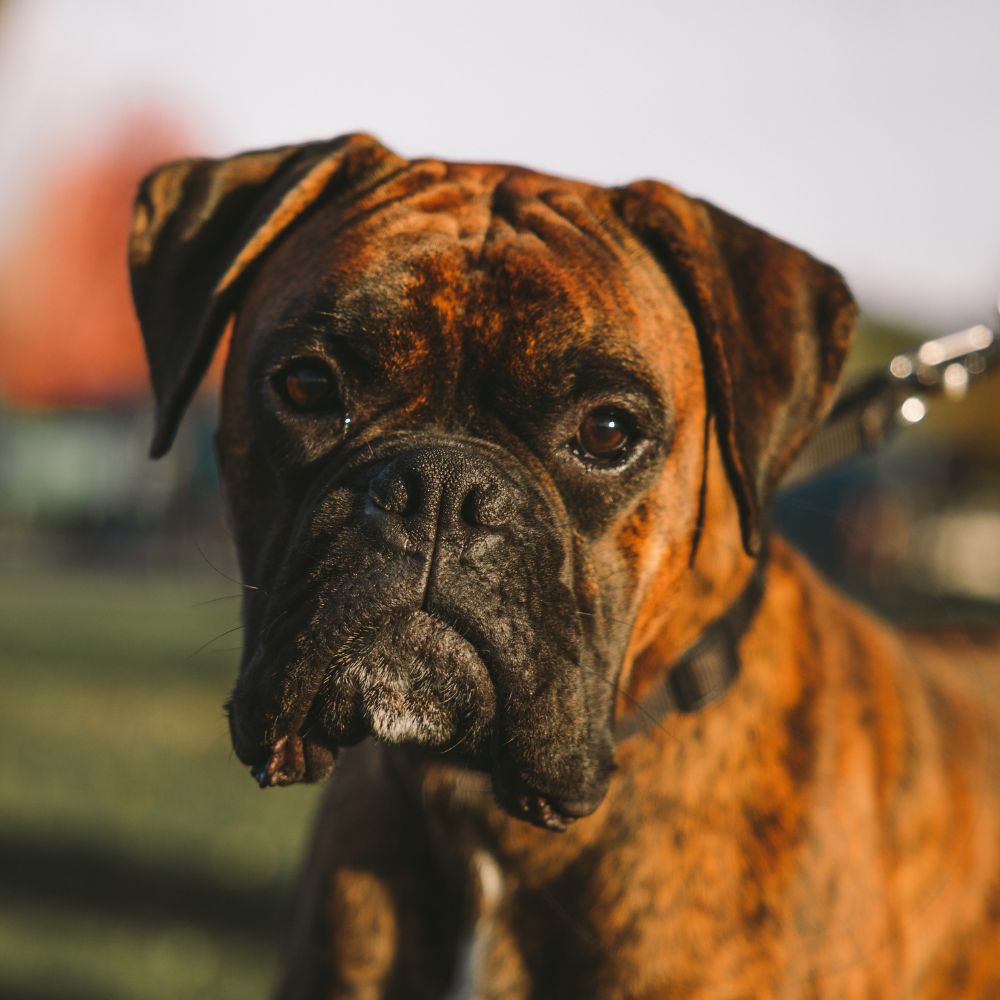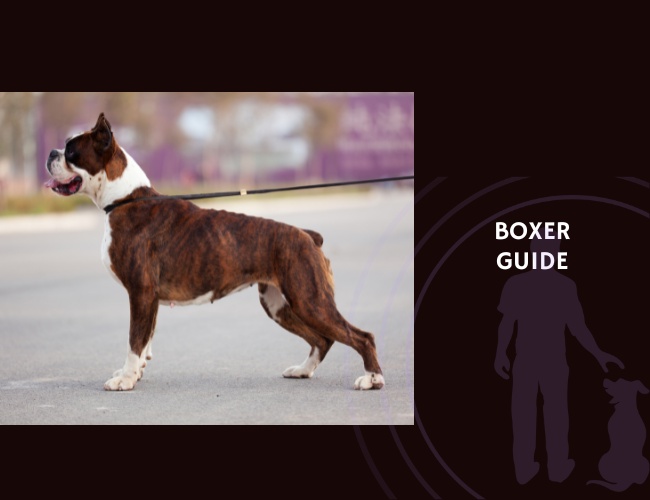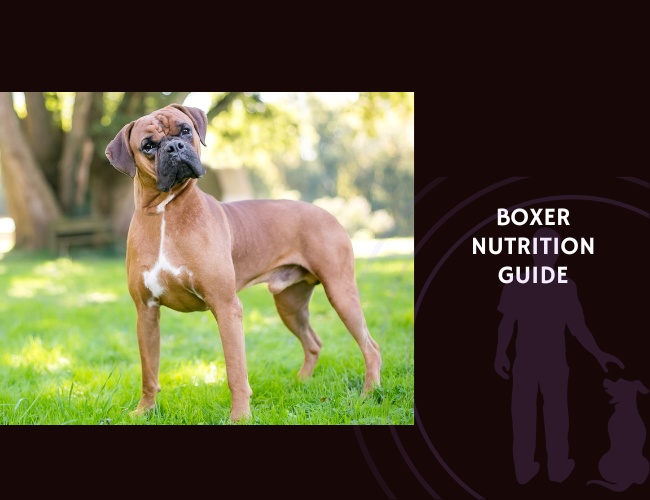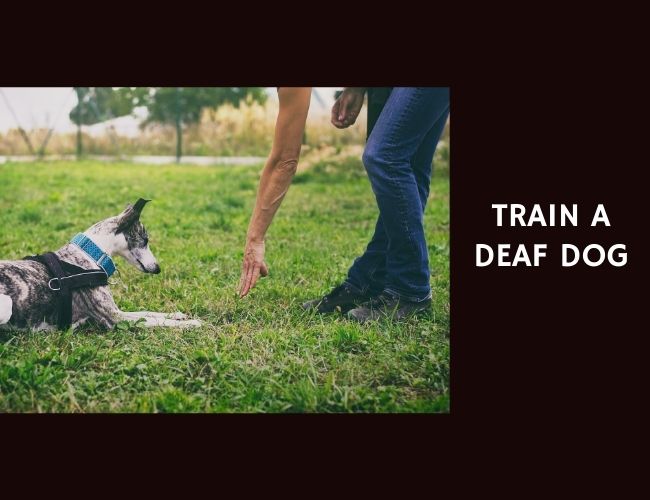Quick Facts about the Boxer
- Origin: Germany
- Weight: 25–32 kg (male), 22–29 kg (female)
- Life expectancy: 10–12 years
- Coat Colour: Fawn, brindle, with or without white markings
- Breed Group: Working
The Boxer is a muscular, medium-to-large breed known for its boundless energy, playful nature, and strong guardian instincts. With a short coat, expressive face, and joyful spirit, the Boxer is both a clown and a protector.
Boxer History
The Boxer was developed in Germany in the late 19th century, descending from the now-extinct Bullenbeisser—a dog used for hunting large game—and early bulldog breeds. Originally bred for guarding, pulling carts, and even fighting, the Boxer quickly proved itself as a versatile working dog.
It gained popularity in the 20th century as a military, police, and service dog, particularly after World War I. The breed was recognised by the AKC in 1904 and remains one of the most beloved family guardians due to its balance of power and playfulness.

Boxer Temperament
Boxers are energetic, affectionate, and intelligent. They are famously good with children and love to be part of the family. Their expressive faces and bouncy behaviour make them entertaining and endearing companions.
Though playful, Boxers are also fearless and protective. They form strong bonds with their families and are naturally suspicious of strangers, making them effective watchdogs without being aggressive by default.
Note: Early training and clear structure are important—Boxers can be stubborn and overly exuberant if not guided properly.
Health and wellness
Boxers require daily physical exercise and mental stimulation. They enjoy fetch, tug games, obedience training, and structured walks. Without activity, they may become hyperactive or destructive.
Their short coat is low-maintenance, but they are sensitive to temperature extremes, especially heat. Some drool and snore due to their short muzzle.
Significant problems:
Boxer cardiomyopathy (ARVC)
Cancer (especially lymphoma and mast cell tumours)
Hip dysplasia
Life expectancy: 10–12 years

The Complete Guide to Boxer

The Complete Guide to Boxer Nutrition
🔍 Looking to go deeper into dog training?
Use these categories to explore targeted guides and articles on canine behavior, nutrition, obedience, entertainment, and more.









